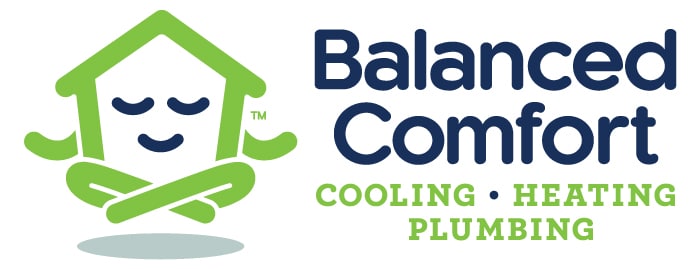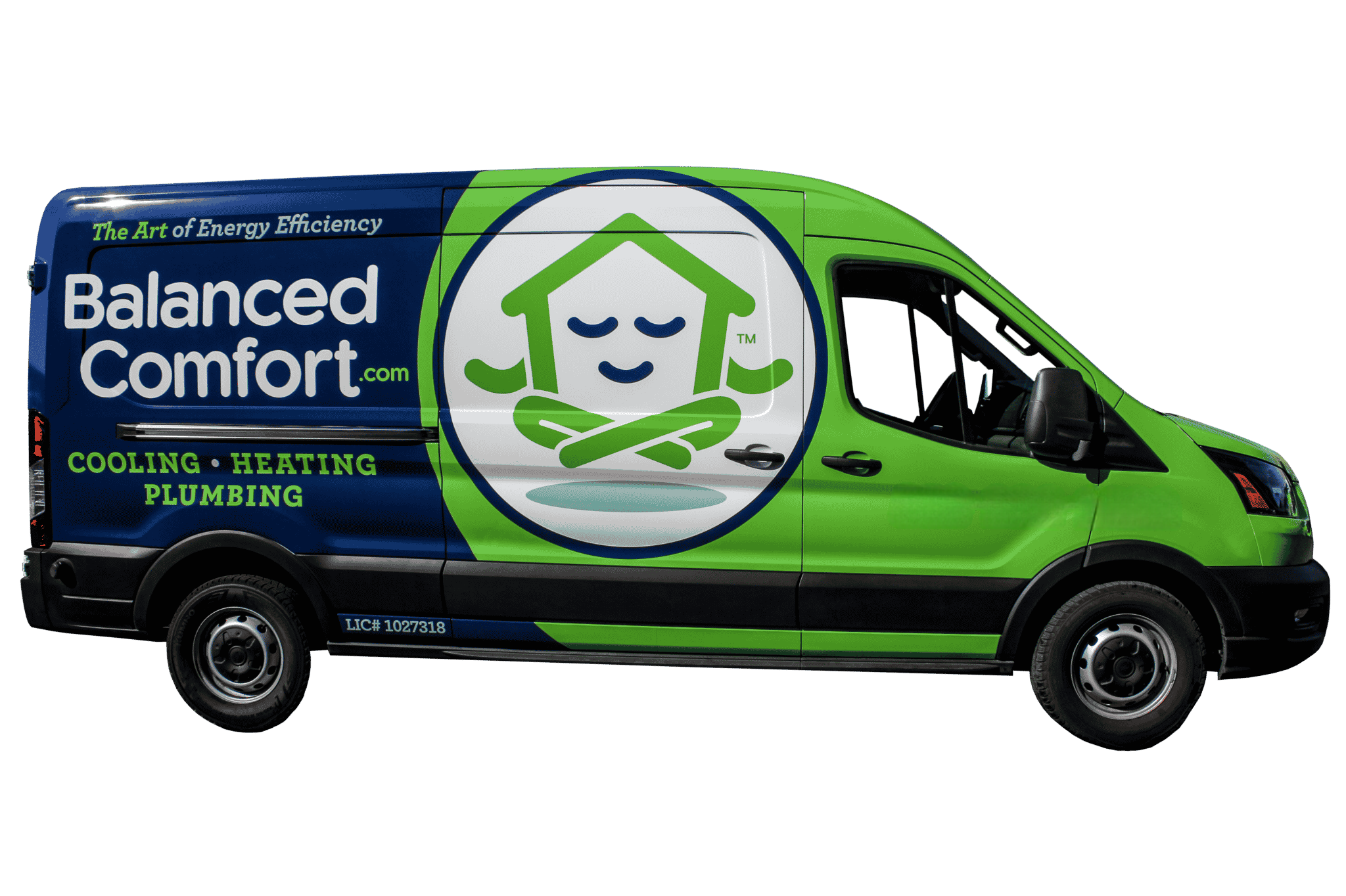When paint begins to bubble, your water bill skyrockets for no reason, or you notice a faint musty odor, a hidden leak is usually the culprit. Because those drips are out of sight, most homeowners wonder the same thing: “How can I find a water leak behind my walls before it destroys the drywall?”
This in-depth guide walks you through exactly what causes hidden leaks, the early warning signs to watch for, and the advanced tools professionals use to pinpoint the problem without tearing your house apart. By the end, you’ll know when a quick DIY check is enough and when it’s smarter to call a certified leak-detection specialist for true peace of mind.
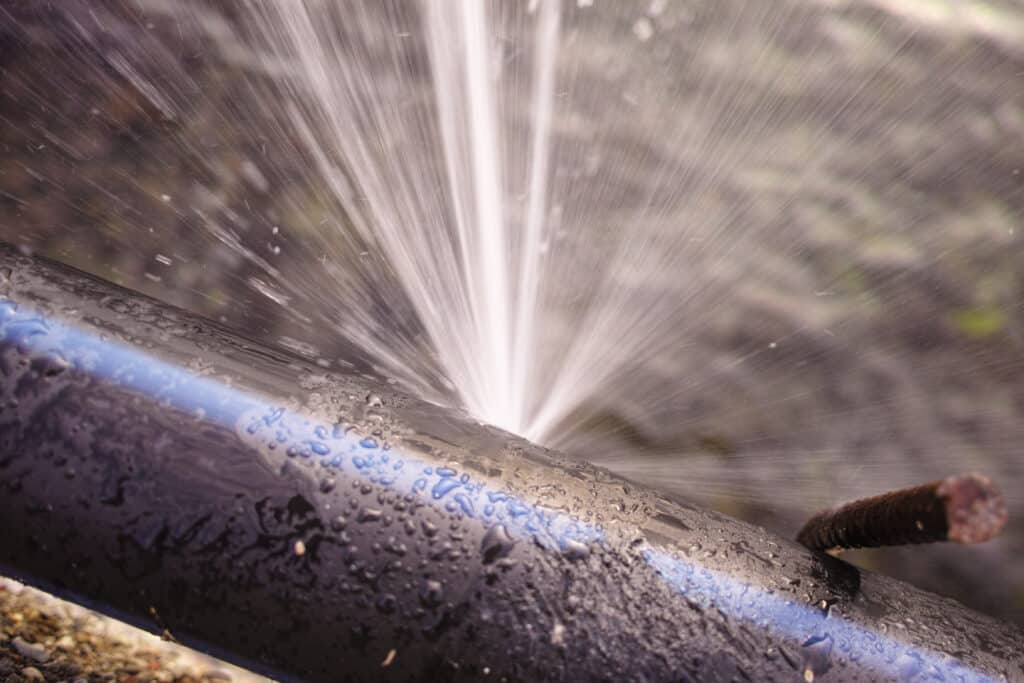
Why Hidden Leaks Are So Common
Modern plumbing relies on dozens of joints, elbows, and valves tucked behind sheetrock and flooring. Over time, three main stressors can turn those invisible pipes into costly water hazards:
- Thermal expansion and contraction
Repeated heating and cooling cycles make copper or PEX joints loosen ever so slightly, allowing pinhole leaks to form. - Water chemistry
Hard water leaves mineral deposits that corrode fittings from the inside out. - House settling
Even tiny shifts in your home’s foundation can place unexpected stress on supply lines, crack solder joints, or break PVC seams.
Because these failures happen in concealed spaces, you may not spot dripping water until moisture finally seeps through paint, baseboards, or hardwood flooring. Unfortunately, by then, the damage is done.
Early Warning Signs
Catching a leak in its infancy is the surest way to avoid pricey structural repairs. Look and listen for these red flags:
- Unexplained jump in the water bill
Even a pinhole leak the width of a pencil tip can waste hundreds of gallons a month. - Faint mildew or musty odors
Damp drywall and framing create a perfect home for mold spores. - Warm or cool spots on walls or floors
Hot-water leaks may create subtle temperature differences you can feel with your hand. - Peeling paint or bulging baseboards
Moisture trapped behind wall coverings eventually pushes outward. - Intermittent drip sounds
Late at night, turn off every faucet and appliance — if you still hear faint dripping, water is escaping somewhere it shouldn’t.
If you notice more than one of these symptoms, it’s time to investigate before mold or structural rot sets in.
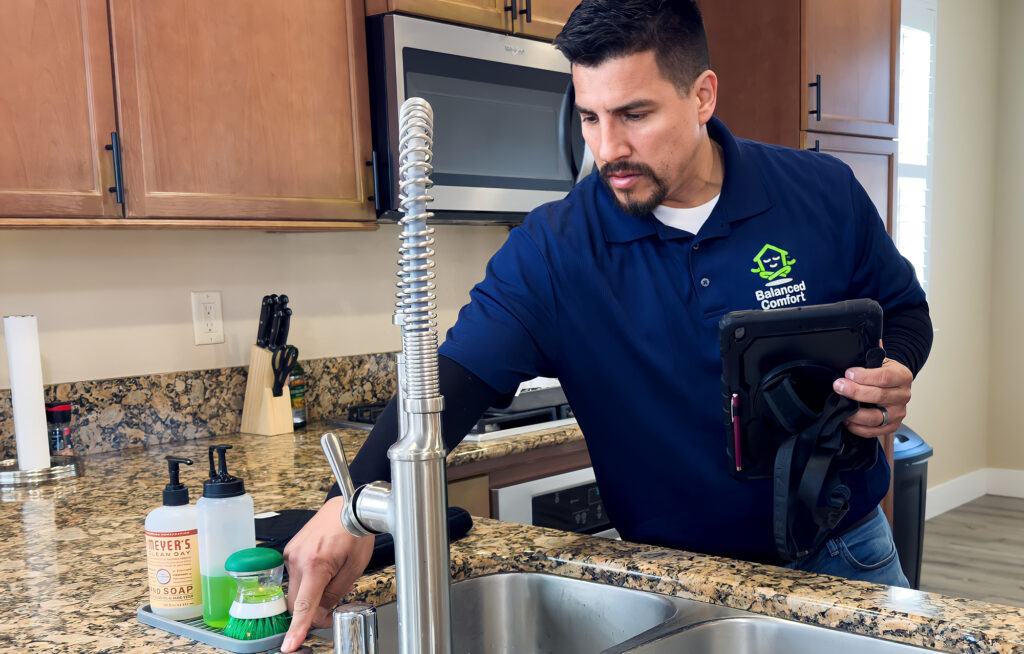
DIY Leak-Check Steps You Can Do in Minutes
Before you call in the pros, run through this three-step homeowner checklist:
- Meter test
Shut off every fixture, then read your water meter. Wait 30 minutes without using water. If the meter reading changes, something is leaking. - Toilet dye test
Drop food coloring in each toilet tank. If color appears in the bowl within 15 minutes, the flapper is leaking — one of the most common silent-water-loss culprits. - Appliance supply check
Inspect the braided stainless hoses on washing machines, ice makers, and dishwashers for dampness or corrosion.
If those quick checks come up empty but your meter still spins, the leak is likely tucked inside a wall, ceiling, or slab. That’s when specialized technology is needed.
Pro-Level Tools That Locate Leaks Without Demolition
Licensed leak-detection contractors combine three advanced technologies to pinpoint hidden failures:
Acoustic Sensors
High-sensitivity microphones “listen” for the distinct frequency of escaping water, even behind several inches of drywall or concrete. By triangulating the loudest point, technicians can mark the exact repair spot.
Thermal Imaging Cameras
Water that’s warmer or cooler than surrounding materials creates a temperature contrast invisible to the naked eye. Infrared cameras translate that into color variations, revealing the leak’s path with remarkable clarity.
Digital Pressure Testing
Technicians isolate sections of pipe and pressurize them with air or inert gas. A precise pressure drop pinpoints the failing section without flooding the area.
Together, these non-invasive techniques save hours of destructive trial-and-error cutting and shave hundreds off repair costs.
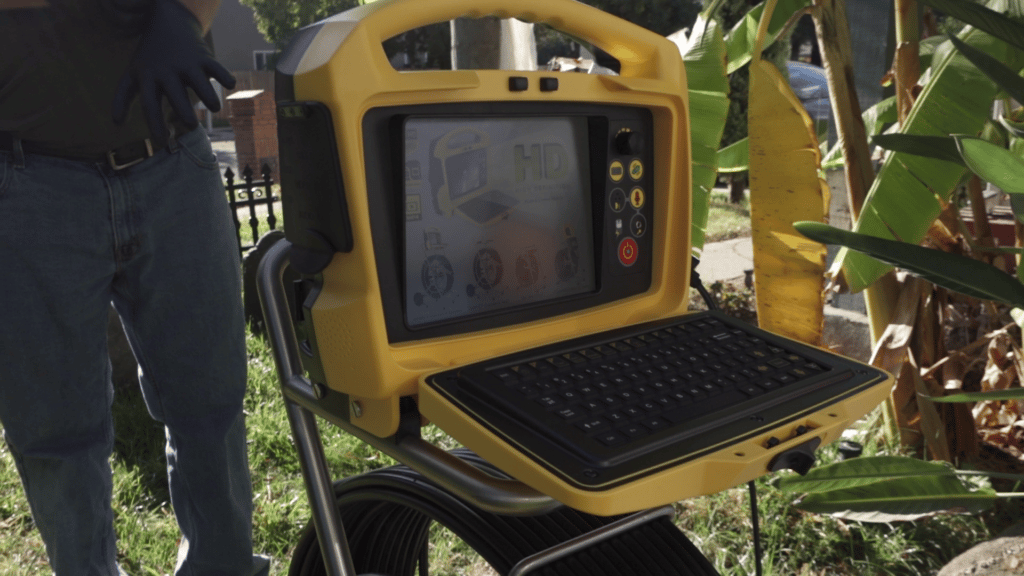
The Step-by-Step Professional Leak-Detection Process
Here’s how the pros go about leak detection:
- Interview & inspection
A tech asks about your issues, reviews your water bill, and inspects obvious water points. - System isolation
Supply lines, fixtures, and irrigation zones are shut off in stages to narrow down the leak’s location. - Technology deployment
Acoustic listening, thermal imaging, and pressure testing zero in on the fault within inches. - Findings report
You receive photos, a clear explanation, and repair options. - Targeted repair
Because the leak’s location is exact, only a small access hole is needed, saving drywall, flooring, and cleanup costs.
Early-Warning Sensors You Can Install Yourself
While professional equipment remains the gold standard for pinpointing leaks, a handful of affordable smart devices offer 24/7 peace of mind between inspections. Battery-powered moisture alarms sit on the floor behind washing machines, beneath kitchen sinks, or next to water heaters — sounding a piercing alert as soon as the first drop hits the sensor pad. Wi-Fi versions send push notifications to your phone the instant moisture is detected, letting you shut off the main valve even when you’re miles away.
For whole-home monitoring, inline flow meters clamp onto the main supply and learn your household’s normal water-use pattern. If continuous flow exceeds a preset threshold, they trigger an automatic shut-off valve. These devices cost a fraction of structural-repair bills and buy valuable time until a professional can arrive with advanced acoustic and thermal gear.
Hidden Leak Myths Homeowners Still Believe
Old plumbing lore can end up costing real money. One persistent myth claims that as long as you can’t hear running water, you don’t have a leak. In reality, most pinhole leaks are too quiet for the human ear.
Another misconception is that plastic piping never fails. That’s not true because temperature swings and ultraviolet light can weaken exposed PEX or PVC over time. Some homeowners think adding more pipe insulation will stop leaks from forming. While insulation reduces heat loss, it does nothing to prevent joint fatigue or mineral corrosion.
Finally, a common DIY fix involves pouring chemical sealants down the line to “coat” tiny leaks from the inside. These products rarely reach the breach and can clog fixtures instead. Understanding what doesn’t work helps you focus on proven detection methods, saving both water and repair expenses.
Simple Habits That Prevent Future Leaks
Prevention starts with routine eyes-on checks: open sink cabinets once a month to feel supply hoses and shut-off valves for dampness. Replace rubber washing-machine hoses with braided stainless lines rated for constant pressure, and swap dishwasher or ice-maker hoses every five years.
Keep water pressure in check — anything above 80 psi accelerates joint fatigue.. Drain a gallon from your water heater quarterly to flush corrosive sediment, and test the temperature-and-pressure relief valve to ensure it discharges freely.
When temperatures drop, eliminate pipe freeze risk by sealing exterior wall penetrations and letting faucets drip overnight in unheated spaces.
These modest habits, combined with periodic professional inspections, create a layered defense that keeps hidden leaks from stealing comfort or draining your wallet.
FAQs People Also Ask About Hidden Water Leaks
What is the most common cause of hidden plumbing leaks?
Loose pipe joints lead the list. Heat cycling and water-hammer vibrations gradually work fittings loose until moisture escapes.
Can leaking pipes burst if I ignore them?
Yes. Continuous seepage erodes pipe walls. As pressure builds, that pinhole can split wide open, flooding the area in minutes.
Does homeowners insurance cover hidden-leak damage?
Policies vary, but most cover “sudden and accidental” leaks. Slow, long-term leaks may be excluded. Prompt detection helps your claim.
How long does professional leak detection take?
Most homes are scanned and diagnosed within 60–90 minutes, thanks to non-invasive equipment and step-by-step isolation.
Is preventive leak monitoring worth it?
An annual plumbing inspection with pressure testing often costs less than 5% of an average leak-repair bill.

The Best Way to Detect Hidden Water Leaks Without Tearing Down Walls
The smartest way to uncover a concealed leak is a layered, technology-driven approach. Start with simple DIY checks — monitor your water meter, test toilets, examine appliance hoses — then call a professional who uses acoustic sensors, infrared imaging, and digital pressure tools to locate the exact spot. This method avoids unnecessary demolition, cuts labor time, and minimizes repair costs while protecting your home’s structure and your family’s health.
Final Word
Hidden leaks never fix themselves. The sooner you act, the less damage they do. Armed with these tips, you can stop water waste, safeguard your property, and keep your home balanced, dry, and comfortable year-round.
